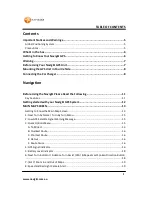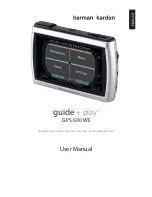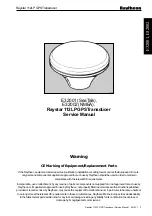
CAN Interface (HG 73350)
English, Revision 03, Date: 20.11.2015
20
6
CAN Interface (HG 73350)
The node ID and the transfer rate have to be selected by using the serial monitor (de-
scribed in section 5.1 on page 12) or the corresponding SDOs.
The measured values of the system are transmitted via two so called TxPDOs. They
can be parametrized using the SDOs. Additionally the frequencies of the two wires can
be altered using a non-cyclical RPDO. The CAN identifier can be deduced ny the node
adress (1 to 127).
6.1
Definition of the Terms CAN and CANopen®
The CAN / CANopen® configuration is implemented according to ISO 11898 resp. EN
50325-4. As an assistance some of the terms and abbreviations are explained in this
section. For more specific information please refer to the corresponding norms or
open the website
http://www.can-cia.org/en/standardization/technical-documents/
where — after a free registration — you can download the technical specifications of the
CANopen® standard.
For devices that support CANopen® Götting offers EDS files (Electronic Data Sheet)
for download from its website at
http://www.goetting-agv.com/components
(and the
sub pages). In those files the complete CAN configuration is defined. In order to use
those files to e.g. configure CAN workflows with several devices a software like e.g.
CANopen® Magic by PEAK System has to be used:
Please observe that not each device supports all operation modes. Devices by Göt-
ting usually support the modes 1 to 240 and 255.
Value
cyclic
acyclic
synchronous
asynchronous
on request only (RTR)
0
x
x
1-240
x
x
241-251
reserved
252
x
x
253
x
x
254
x
255
x
Table 7
Parameters PDO operation mode
















































